news
What are the temperature control methods for single screw extruders?
Temperature Control Methods for Single Screw Extruders
1. Thermocouple + Temperature Controller: Thermocouples measure temperature, and a digital temperature controller (PID) adjusts the heater for precise temperature control.
2. Multi-point Temperature Sensing: Multiple temperature sensors are placed at different sections of the screw and barrel for real-time monitoring and centralized control via a PLC or HMI.
3. Fuzzy PID or Auto-tuning PID: To address time-varying and nonlinear temperature fluctuations, a combination of fuzzy control and auto-tuning PID is used to improve control robustness.
4. Cooling Valve/Water Cooling System: Solenoid valves are used to control the cooling water flow in sections requiring cooling, achieving rapid cooling and temperature uniformity.
What are the key factors affecting the efficiency of single screw extruders?
1. Screw and Barrel Design: Optimizing flute depth, flute width, lead, and number of flutes directly determines material conveying, plasticizing, and mixing efficiency.
2. Drive System Efficiency: High-precision gearboxes and suitable bearings (such as tapered roller bearings) can significantly improve transmission efficiency and reduce energy consumption.
3. Temperature Control Accuracy: Multi-zone PID or fuzzy PID control ensures stable temperatures across all zones, reducing energy waste and increasing production capacity.
4. Energy Utilization and Improvement Technologies: Utilizing variable frequency drives, direct-drive transmissions, and high-efficiency heating systems (such as imported temperature control systems) can nearly double production capacity and reduce energy costs by approximately 50%.



 English
English 中文簡(jiǎn)體
中文簡(jiǎn)體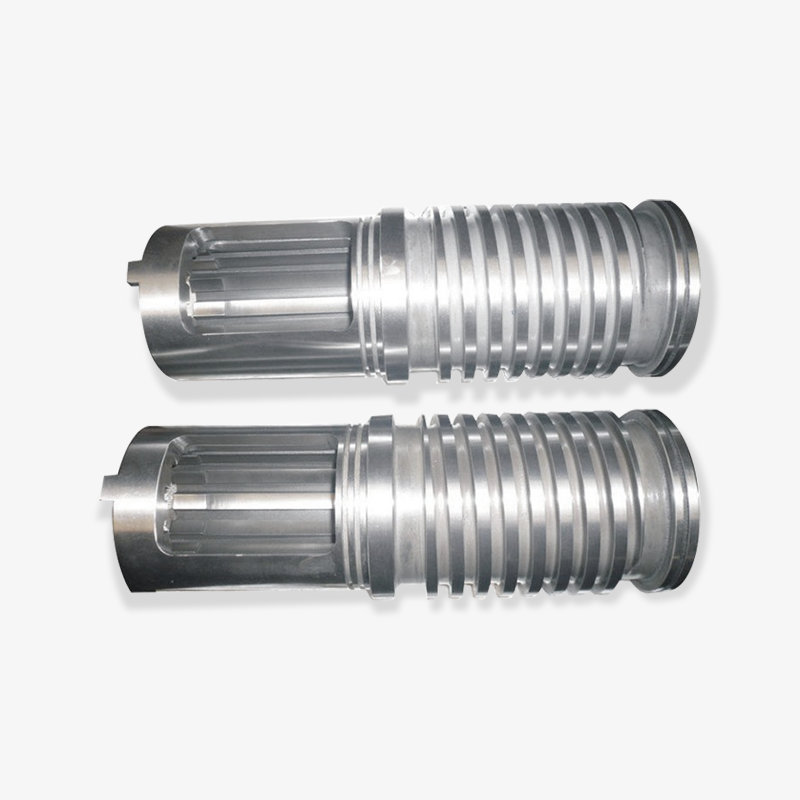
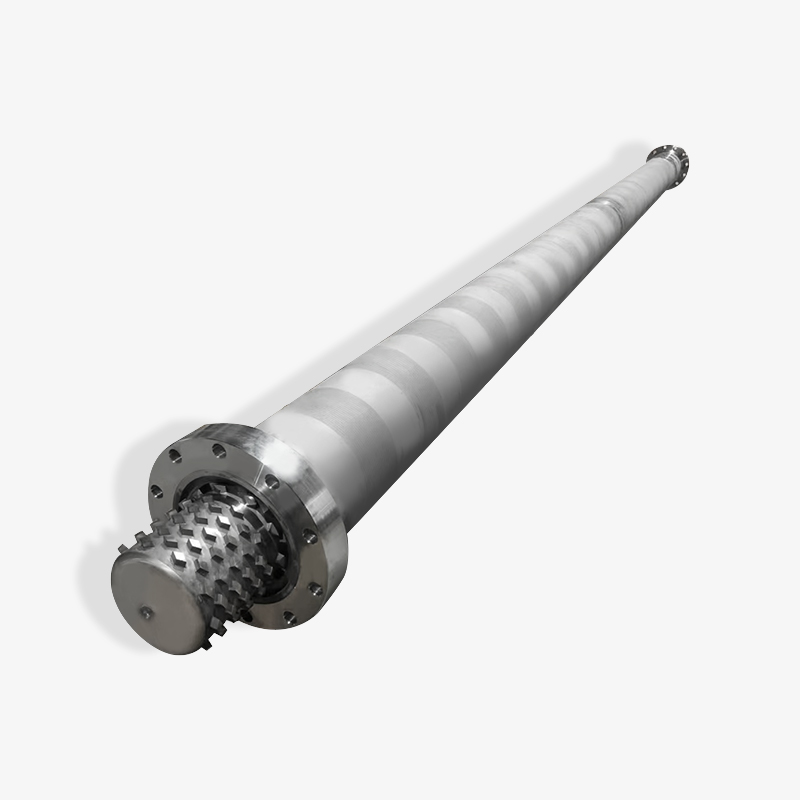
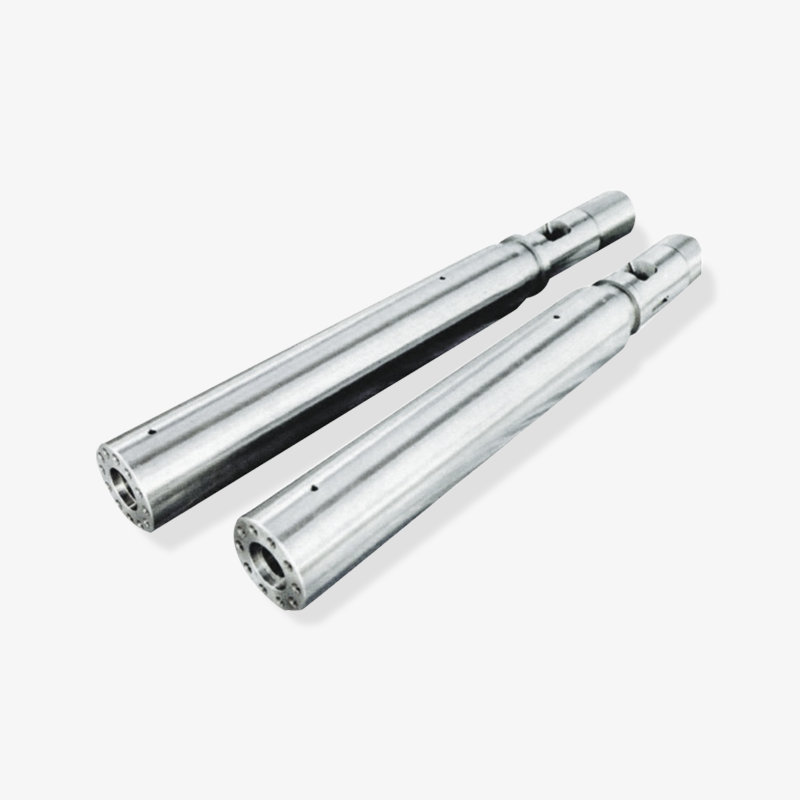
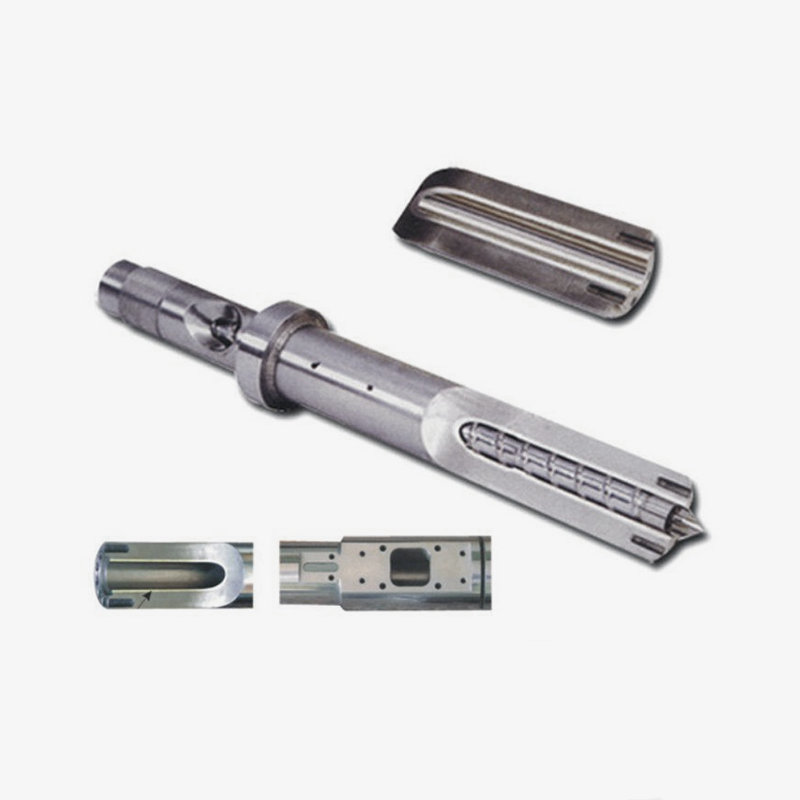
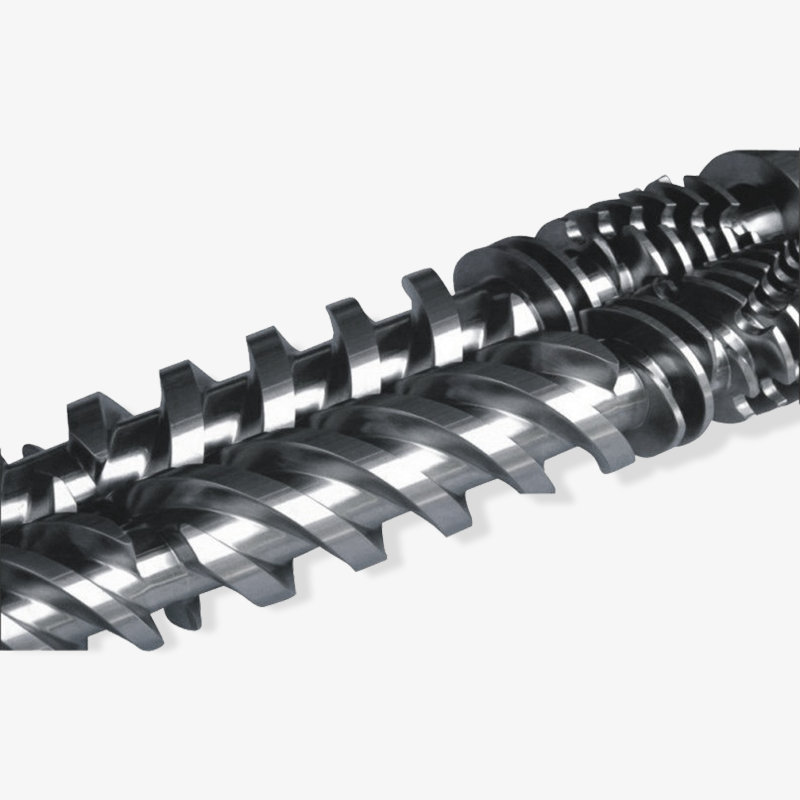
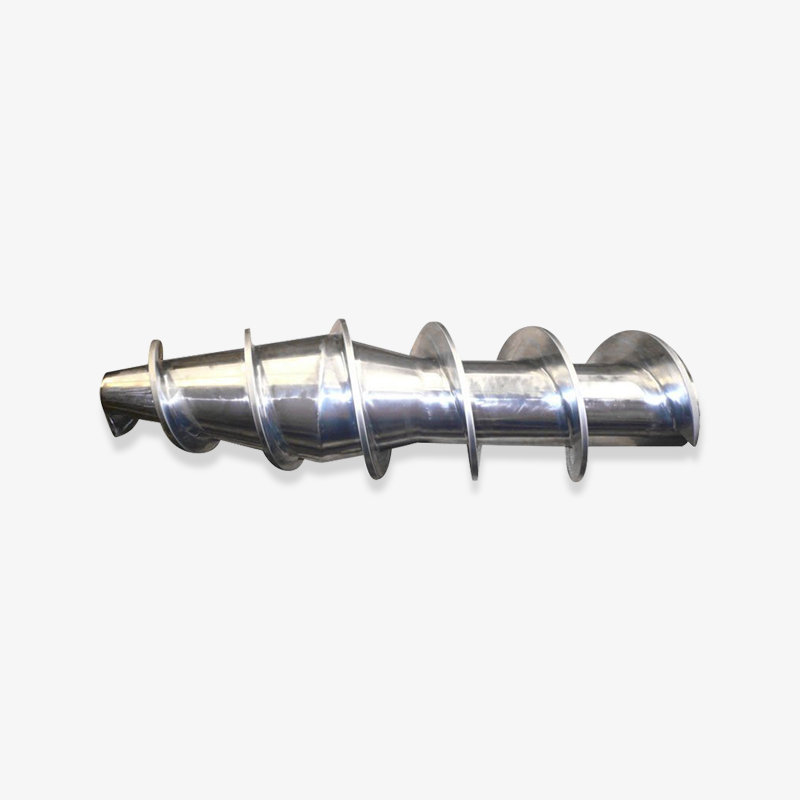
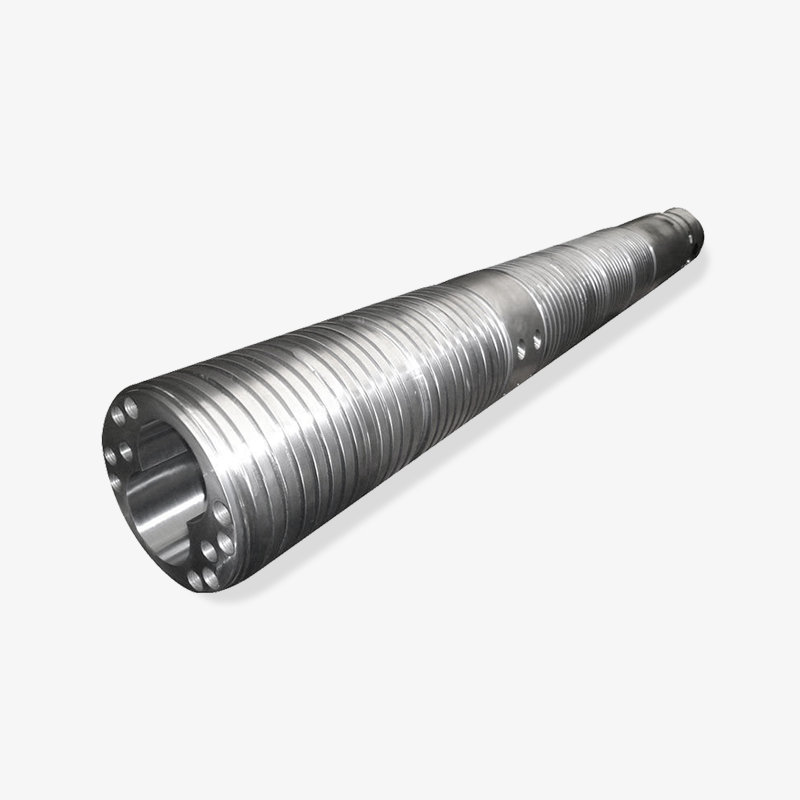
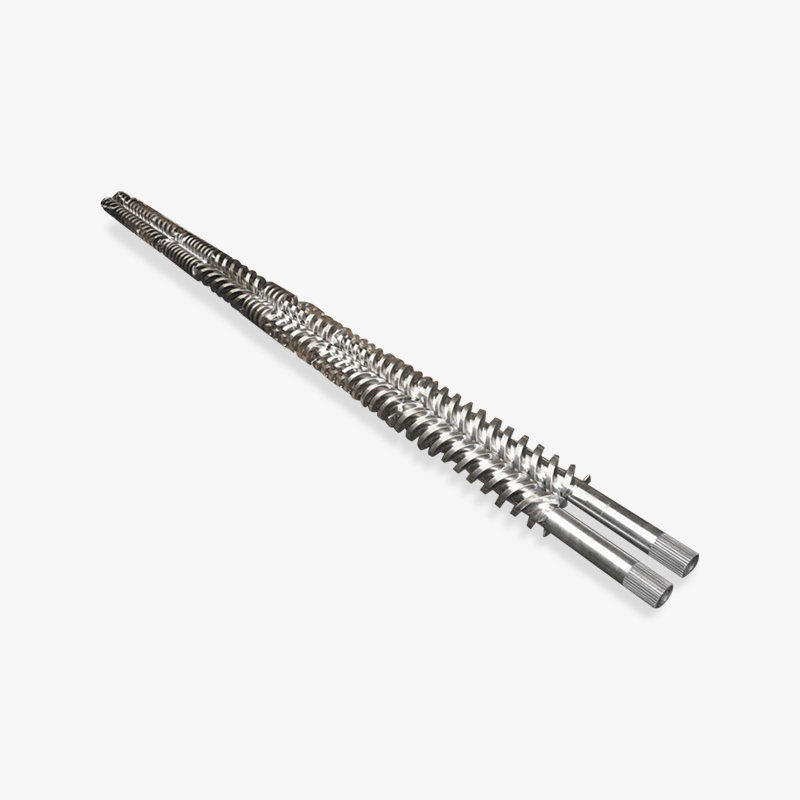
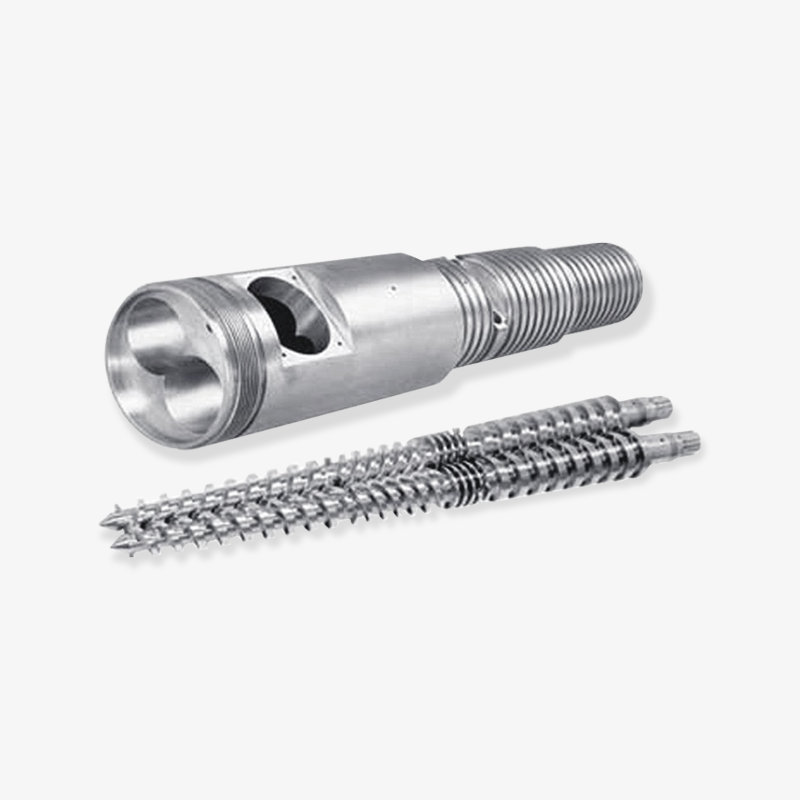


 浙公網(wǎng)安備33090202000520號(hào)
浙公網(wǎng)安備33090202000520號(hào)